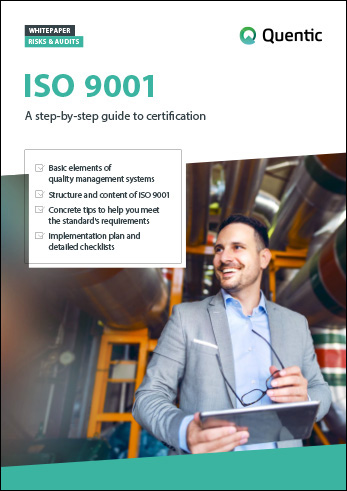6 minutes11/30/2021
What should you do if employees or managers see your quality management system (QMS) as an obstacle to their daily operations? In some companies, it might not be unusual to hear people say things like “I’ve got work to do, so I don’t have time to fill out any forms” or “Why do we need a quality management officer anyway?” However, a standardized QMS often lays the foundations for a company’s success, not least because they have become an essential component to establishing contractual business relationships in almost all industries. The following tips should help you to develop, establish and maintain a QMS in a highly practical and employee-friendly manner. It is crucial to ensure that every employee understands the purpose and rationale behind the QMS, which is to enable coordinated, smooth and reproducible processes.





